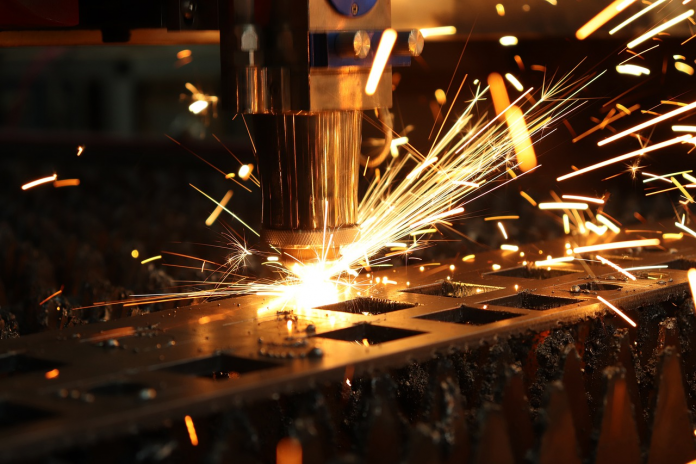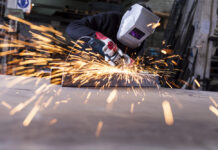Due to the advancements of technology in the manufacturing industry, mechanical engineers and manufacturers have options in how they produce a variety of items. A popular method is sheet metal fabrication. It’s a viable, cost-effective alternative to the cumbersome challenges of sourcing parts at local machine shops. Take a few moments to learn about the benefits and opportunities of the fabricating sheet metal approach for manufacturing.
About Sheet Metal Fabrication
The manufacturing process of high-power laser cutting or bending thin sheets of metal is called sheet metal fabrication. Custom airplane parts, satellites, chairs, tables, and home decoratives are just a few of the products made from sheet metal material. The list of items that can be made of sheet metal is endless. Whatever the product, the key for manufacturers is to lower costs while keeping volume and quality outputs high.
Cloud-based Technologies Drive Sheet Metal Fabrication
Because of cloud computing, automation, artificial intelligence (AI) and other technological developments, right now manufacturing is poised to take experience streamlined workflows. Local sourcing is no longer viable to keep up with the production demand. CNC machining, injection molding, and 3D printing processes use platforms that are cloud-based. Today, sheet metal fabrication is also among those advanced manufacturing methods.
More Advantages of Sheet Metal Fabrication
Lower production expenses on simple or complex designs
If a metal that is used in sheet metal fabrication has the same width all around, manufacturers save on the cost of production compared to CNC machining. Because it takes less tooling time to laser cut or bend the metal, it’s advantageous cost-wise.
Custom complex projects are easy to handle too. There are no limitations to the designs that can be cut or fashioned with sheet metal fabrication. There’s also the convenience of using an online platform. Manufacturers stay in control and save productivity by using an online platform to order their customized parts.
A variety of sheet metal materials are available
No matter what you’re designing, as a manufacturer, you determine which material to use in your application.
Select from:
- Aluminum 6061-T6
- Aluminum 5754
- Aluminum 5052
- Mild Steel 1018
- Stainless Steel 304
- Stainless Steel 316L
- Copper C110
Although those materials listed here are standards, there are exceptions. Manufacturers can inquire about custom materials for their projects.
Standard laser cutting or bending sheet thickness ranges
Sheet metal fabrication processes involve either laser cutting or bending. Laser cutting with a high-power laser beam cuts sheets ranging from .05 to 10 mm thick. Bending is completed using dies to make a V- or U-shape. Alternatively, bending can be done where the straight axis to form a channel shape. The thickness for bending ranges from 0.5 to 6 mm.
Tolerances to cut and bend to angle or edge standards
The cutting tolerance is standard for sheet metal fabrication and is at or .02 mm or ± .00787″. The bend to the edge is also at the specification which is ± 1.0°. The bend to angle is standard too. It’s at 0.254mm or +/- 0.010”.
Fast turnaround for delivery of parts
An expert service will ship parts fast. Matter of fact, in many cases, after an order is placed, parts are made fast to specifications and are shipped within 10 days.
In addition to CNC machining, injection molding services, sheet metal fabrication is a manufacturer’s way of lowering the cost on each product piece when every dollar counts. In large or small-scale manufacturing operations, the spend amount quickly accumulates day after day.
The benefits of sheet metal fabrication are here. Contact 3D Hubs today for a sheet metal fabrication instant quote. Their secure platform is where you can upload your CAD files in either IGES, IPT, SLDPRT, X-T, SAT, or STEP format. Add any required details for an automatic quote for your review.
Find a Home-Based Business to Start-Up >>> Hundreds of Business Listings.

















































